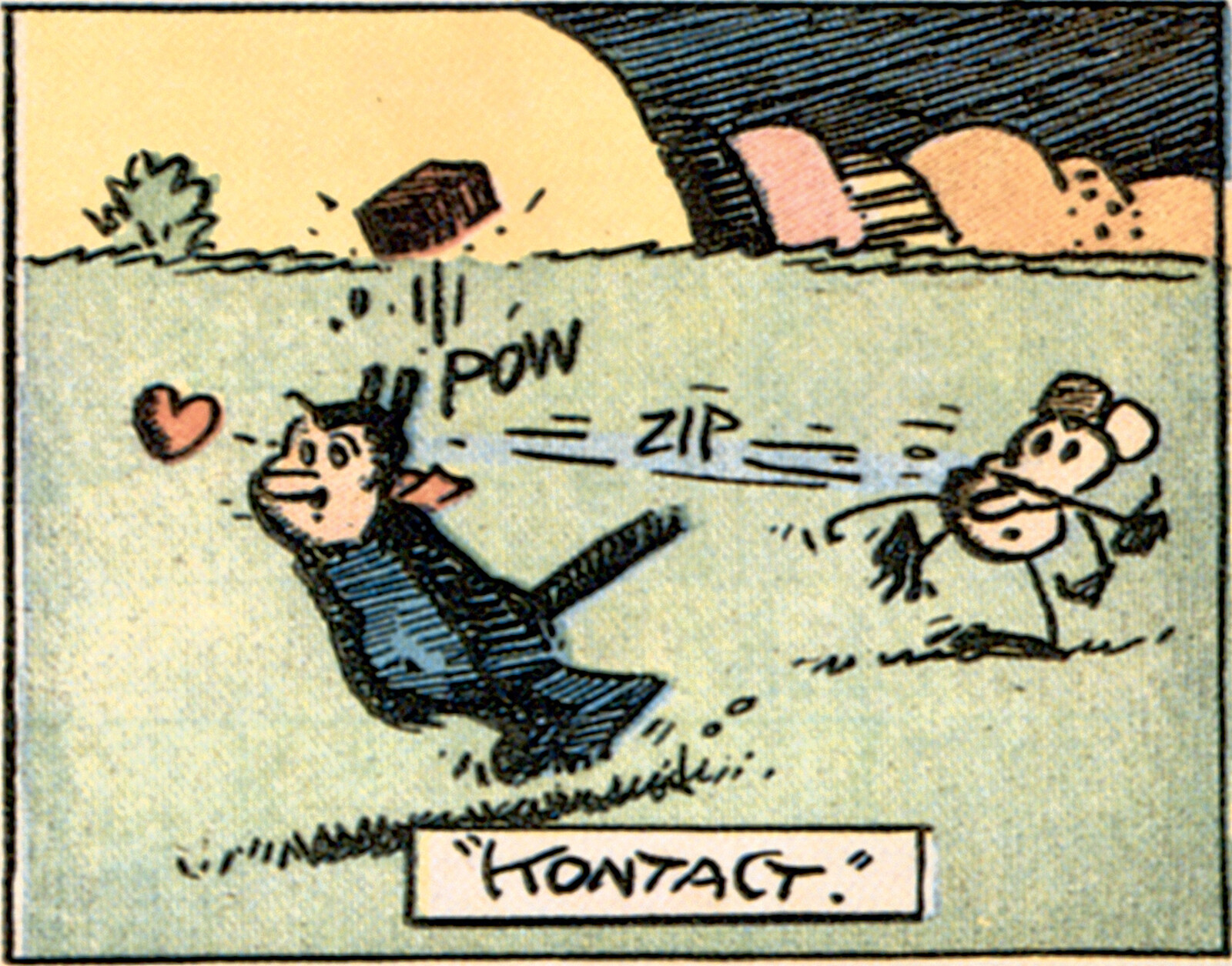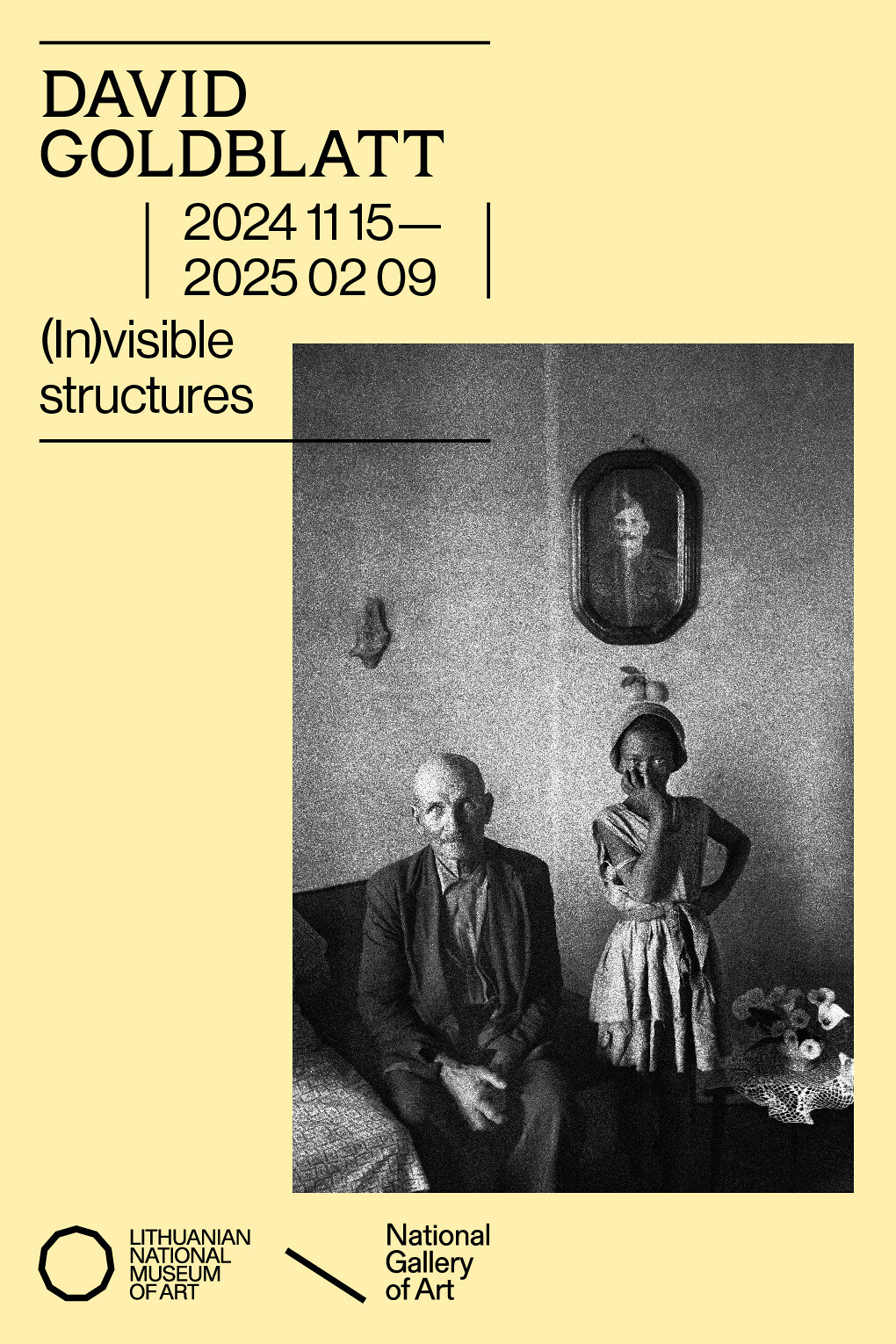June 23–September 18, 2016
Römerberg
60311 Frankfurt am Main
Germany
T +49 69 2998820
welcome@schirn.de
www.schirn-mag.com
Facebook / Twitter / YouTube / Instagram / Pinterest / #PioneersInTheSchirn / #Comic / #Schirn
Spectacular, large and colorful—this is how comic strips captivated their audience, beginning back in 1897. The middle classes, working classes, and a host of immigrants were equally fascinated by the unfamiliar visual experience they encountered in American newspapers. From June 23 to September 18, 2016, the Schirn Kunsthalle Frankfurt is presenting the first extensive thematic exhibition on the Pioneers of the Comic Strip, who—progressive and eager to experiment—set the artistic and content-related standards of the early comic. The exhibition features six outstanding, primarily American illustrators who shaped the cultural history of the comic strip: Winsor McCay, Lyonel Feininger, Charles Forbell, Cliff Sterrett, George Herriman, and Frank King. The Schirn presents over 200 pages of rare comic strips from between 1905 and the 1940s, including very rare original drawings being shown to the public for the first time. Correlations between comic strips and developments in the fine arts of the day also become apparent.
Dr. Alexander Braun, curator of the exhibition: “The 100-year-old comic strip pages being shown at the Schirn Kunsthalle Frankfurt continue to exude the energy of an epoch of new beginnings, a belief in the future, an enthusiasm for technology, and the meteoric rise of the first real mass medium: the newspaper. The productive rivalry in the newspaper market likewise promoted the ingenuity of the comic strip illustrators of the early years. All of the six artists presented in the Schirn explore the artistic possibilities of the young art genre and continue to influence it to this day.”
In the exhibition, an individual space is devoted to each of the artists. Winsor McCay (1869–1934) is considered the first Surrealist and the godfather of the early comic strip with his famous series Little Nemo in Slumberland and Dream of a Rarebit Fiend. He explored the artistic and intellectual possibilities of the young art form and redefined the comic strip. McCay self-referentially scrutinizes his authorship and is also regarded as the inventor of the animated cartoon, which is also addressed in the exhibition. Famous painter and Bauhaus teacher Lyonel Feininger (1871–1956) began his artistic career working for 15 years as a caricaturist and comic illustrator. In 1906, the Chicago Tribune planned a new comic-strip supplement with original work by German illustrators and hired the artist for two series: The Kin-der-Kids and Wee Willie Winkie’s World. The contract allowed Feininger to achieve artistic and financial independence, which enabled him to move to Paris, where he made contact with the art scene and embarked on a career as a painter. Charles Forbell (1884–1946) was among those many artists who, albeit only for a short yet extremely progressive time, devoted themselves to comic strips, but quickly vanished due to lack of success. In 1913 his series Naughty Pete was prominently staged by the publisher of the New York Herald on the colored title page of the supplement. To this day, the pages continue to be a synthesis of the arts that defines itself less through a concatenation of individual panels and more by the aesthetic of its overall composition. One of the most important stylists of the comic strip in the 20th century is Cliff Sterrett (1883–1964). Over the course of his career, Sterrett’s depiction of his figures in his principal work Polly and Her Pals develops from a nervous, organic line to clear geometric abstraction. The comic strips of George Herriman (1880–1944) take up an outstanding position. He was the only comic strip illustrator to be offered a job for life by his publisher, William Randolph Hearst, who gave him complete artistic freedom. In the history of the comic strip, his Krazy Kat series constitutes the blueprint for all of the later small animal slapsticks ranging from Felix the Cat and Mickey Mouse to Tom and Jerry. With his successful and popular series Gasoline Alley, Frank King (1883–1969) developed narration in real time for the comic strip. From 1921 onwards, one episode of the series was published in newspapers in across America every day from Monday to Sunday for more than three decades.
Curator: Dr. Alexander Braun
Press contact: Pamela Rohde (Head of Press/Public Relations): presse [at] schirn.de / T (+49 69) 29 98 82 148
Press material: www.schirn.de/en/ (texts, images, and films for download under PRESS)



